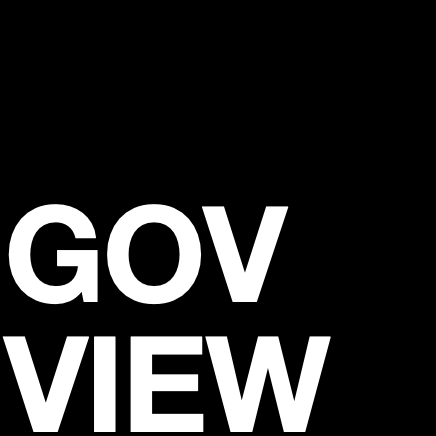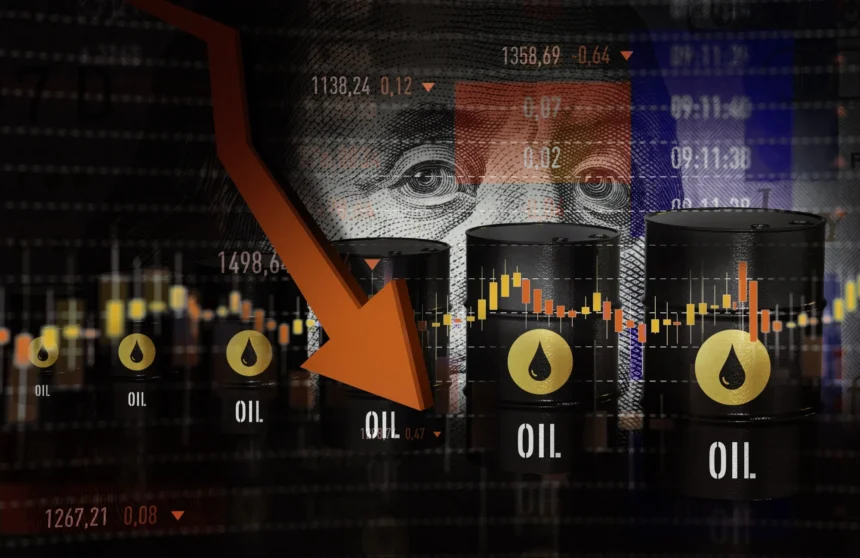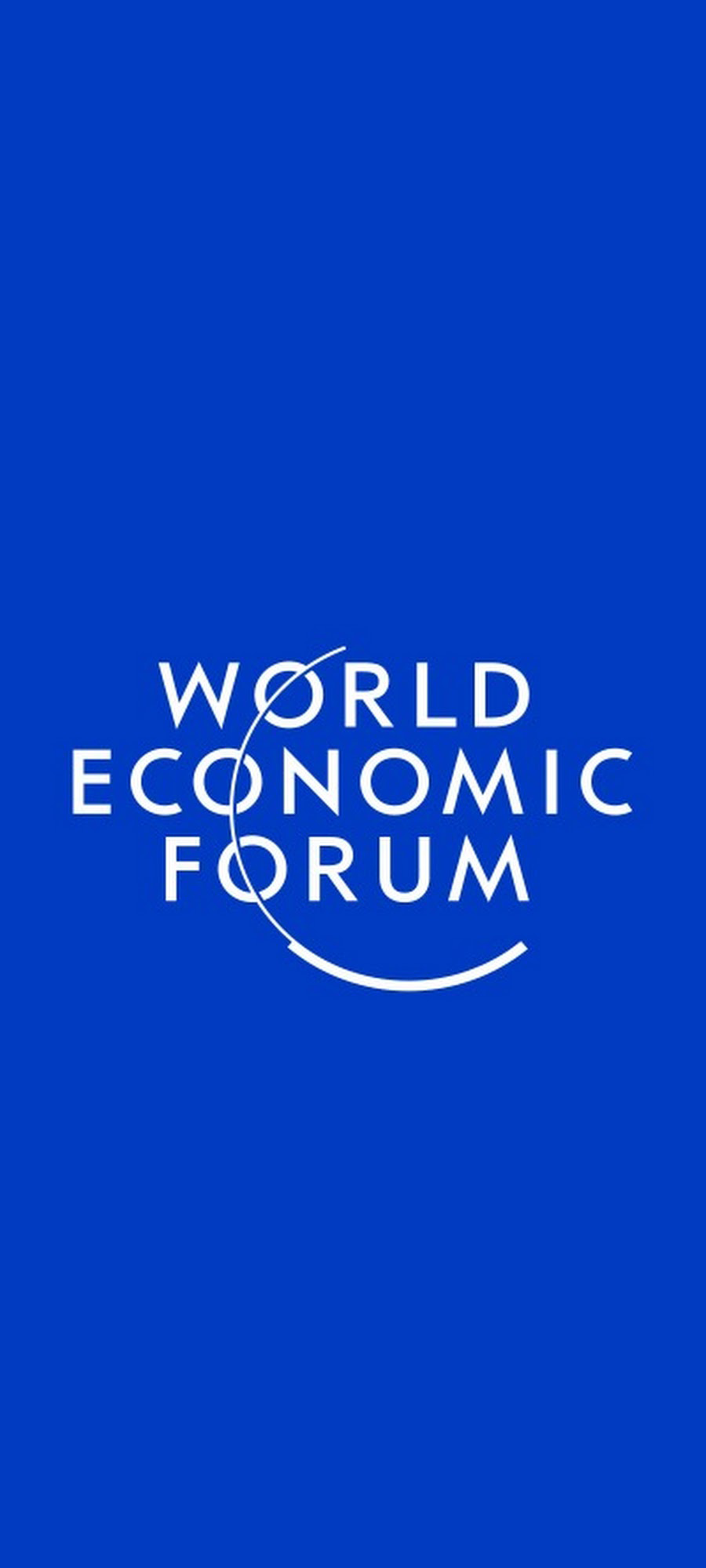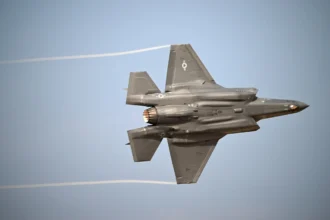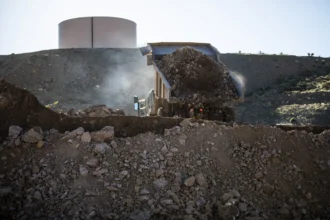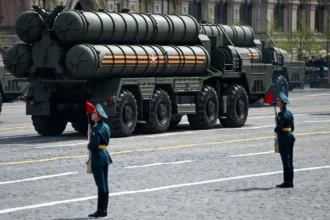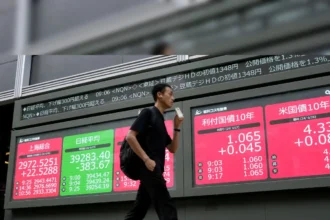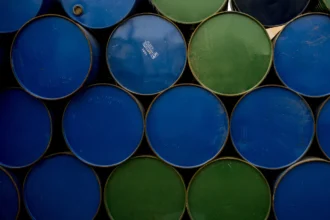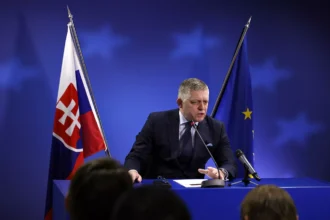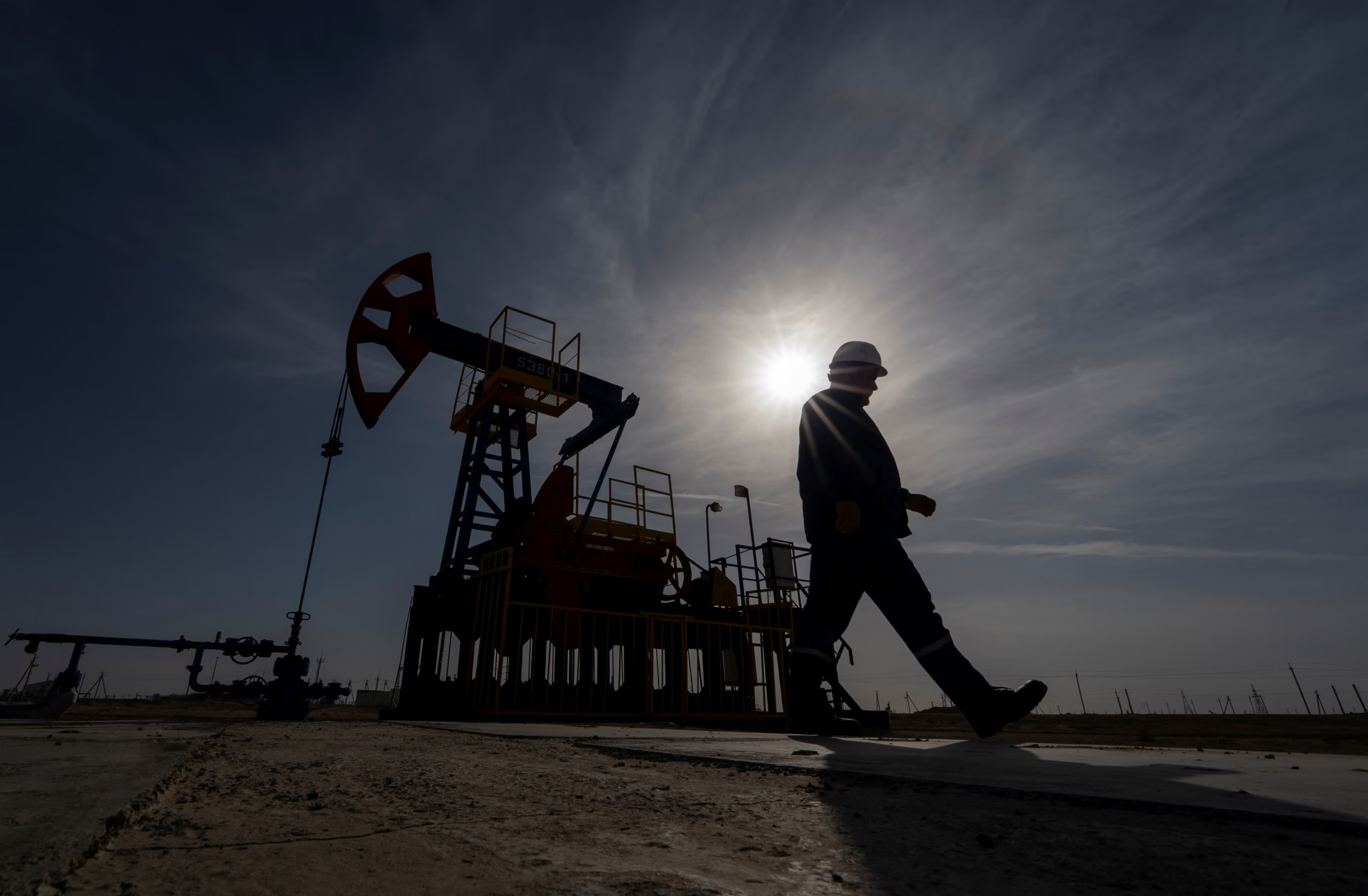Oil prices remained broadly stable on Monday as the easing of geopolitical tensions in the Middle East provided short-term relief to markets. However, anticipation surrounding a potential increase in output from the OPEC+ alliance in August, coupled with uncertainty in global demand—especially from China—continues to exert downward pressure on crude benchmarks.
As of 11:19 GMT, Brent crude futures for August delivery were down 22 cents, or 0.3%, trading at $67.55 per barrelahead of the contract’s expiry later in the day. The more liquid September Brent contract saw a 14-cent decline to $66.61 per barrel. Meanwhile, U.S. West Texas Intermediate (WTI) crude dropped 32 cents, or 0.5%, to $65.20 per barrel.
Despite experiencing their most significant weekly losses since March 2023 last week, both Brent and WTI benchmarks are poised to register a second consecutive monthly gain exceeding 5%, underpinned by tightening fundamentals and temporary supply concerns earlier in the month.
Geopolitical Tensions Ease, Volatility Subsides
The recent price volatility was triggered by a 12-day military conflict that began on June 13, when Israel launched coordinated strikes against Iran’s nuclear infrastructure. The escalation pushed Brent crude temporarily above $80 per barrel, prompting fears of a broader regional conflict with global supply implications. However, as tensions de-escalated and diplomatic channels reopened, prices gradually corrected, falling back into the mid-$60s range.
Analysts now describe the market as having returned to a range-bound trading environment, with volatility expected to remain subdued in the absence of fresh economic shocks or unexpected disruptions in global oil supply.
“The market is back to a consolidation phase, and this is likely to continue unless we see renewed economic weakness or geopolitical supply risks,” said Giovanni Staunovo, commodity analyst at UBS.
OPEC+ Prepares for Potential August Output Increase
Sources within the OPEC+ alliance told Reuters that the group is considering an additional production hike of 411,000 barrels per day (bpd) for August, in line with previous phased increases implemented in May, June, and July. The oil producer bloc is scheduled to convene on July 6 to finalize output decisions.
While an increase in production may signal confidence in market stability, some analysts caution that it could put upward pressure on global inventories.
“Should OPEC+ proceed with another production increase in August, we could see a build-up in both global and OECD commercial stockpiles, which might limit further upside in prices,” noted Tamas Varga, senior analyst at PVM Oil Associates.
Despite these planned increases, actual supply growth from the group has been somewhat restrained. According to a recent Reuters survey, overall OPEC production rose in May, though gains were limited due to discipline among member states, with countries such as Saudi Arabia and the United Arab Emirates delivering smaller-than-expected increases, staying below their respective quotas.
Demand-Side Concerns Remain, China in Focus
While supply-side dynamics remain in flux, market sentiment continues to be tempered by sluggish global demand projections, particularly from China, the world’s largest crude importer. Economic signals from Beijing have failed to confirm a strong recovery in industrial activity, raising questions about the sustainability of oil demand growth in the second half of 2025.
“Bearish pressure is likely to persist, given persistent uncertainty around global economic performance—especially in Asia,” said Priyanka Sachdeva, senior market analyst at Phillip Nova. “Until we see stronger signals of recovery, especially from China, prices will likely remain capped.”
Outlook
Looking ahead, oil prices are expected to remain sensitive to a complex mix of geopolitical developments, supply-side decisions from OPEC+, and macroeconomic indicators from key demand centers. While the immediate risks from the Middle East appear to have receded, the balance between production discipline and demand recovery will be the critical factor in determining the market’s direction heading into Q3 2025.
For now, market participants are watching the upcoming OPEC+ meeting on July 6 for further signals on supply strategy, while also closely monitoring global economic data that could influence the pace of demand recovery.
